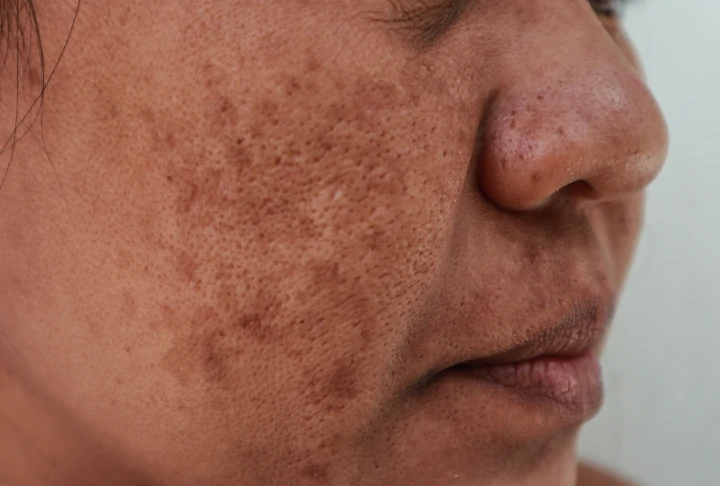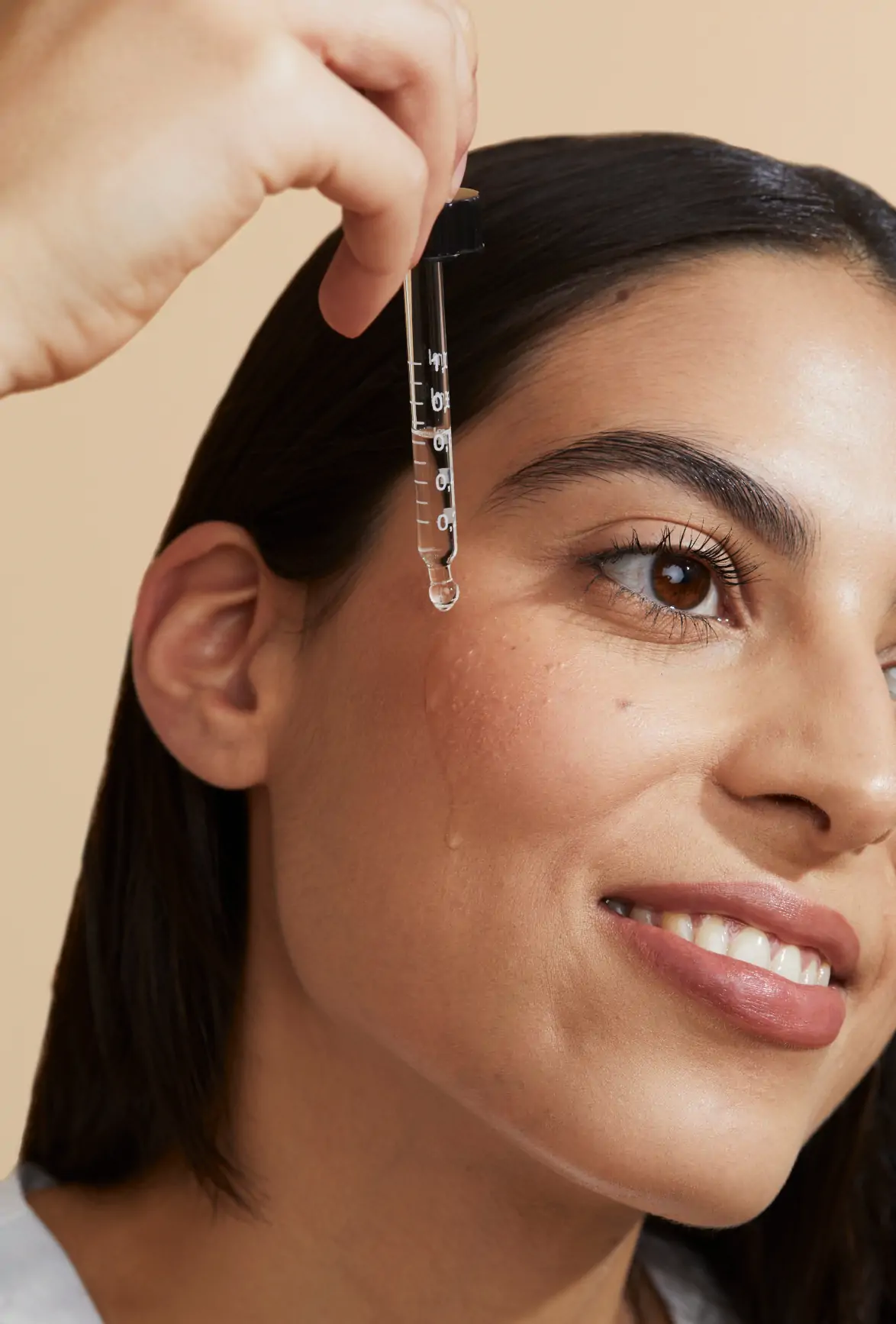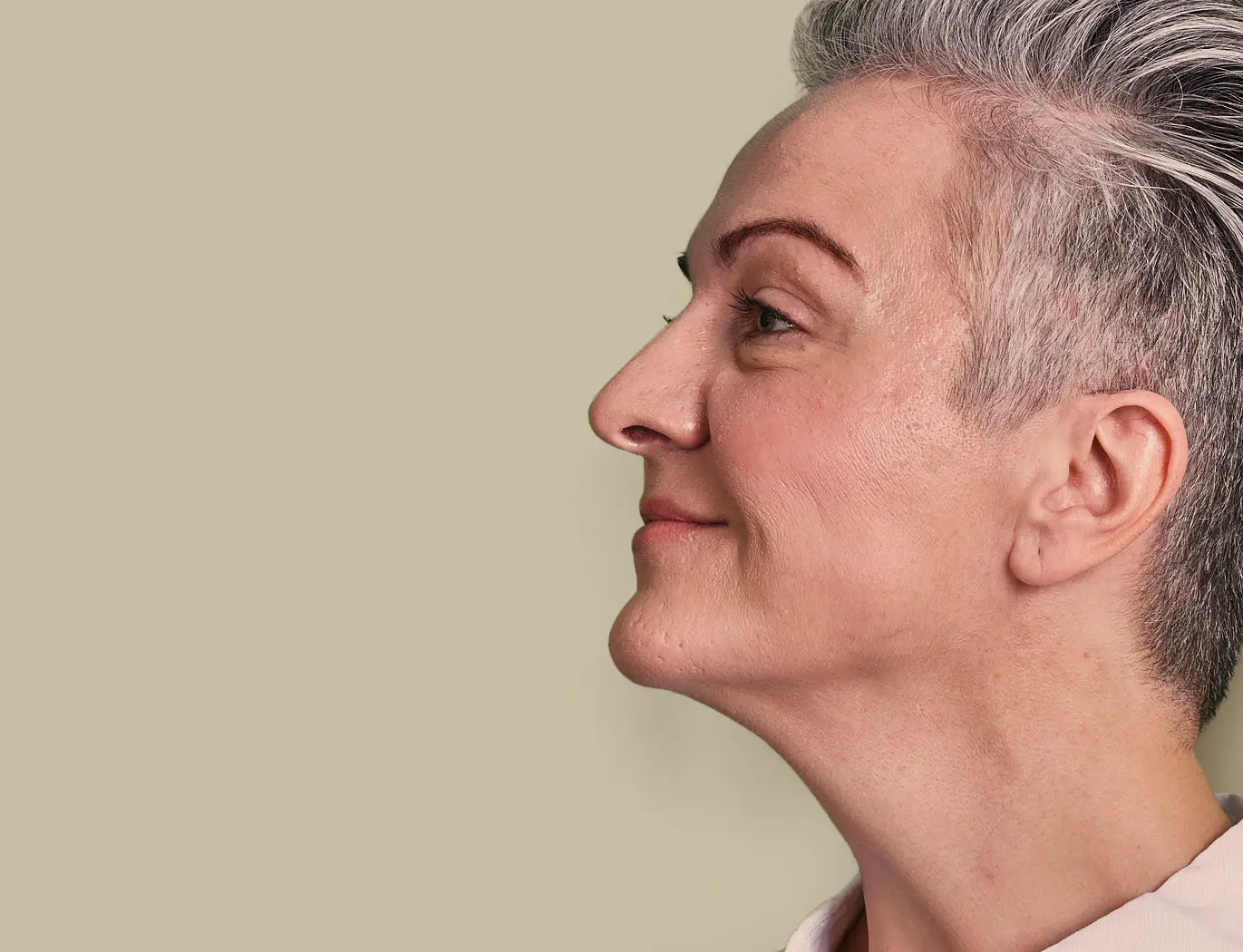
Melasma
Large patches of darkened skin, often affects women who are pregnant or taking birth control pills, and those with medium to darker skin.
Identify your type of hyperpigmentation and manage it effectively with a practitioner-recommended skincare routine that will restore a healthy, even complexion.


Large patches of darkened skin, often affects women who are pregnant or taking birth control pills, and those with medium to darker skin.

We are always here to answer your questions and that starts now.
Answer a few questions about your skin and tell us your availability so that we can match you with a practitioner best suited to you.
At your chosen date and time, you can meet your practitioner online via a video call to discuss your skin goals and concerns.
Your practitioner will recommend a bespoke skincare plan consisting of medical grade products which can be delivered to your door.
Our network of practitioners comprises over 1000+ aesthetic doctors, plastic surgeons and dermatologists with years of hands-on experience working on specific skin goals and concerns such as fine lines, pigmentation and acne as well as general healthy ageing. You can now meet them online.

At the beginning of your GetHarley journey, we will match you with a practitioner based on your availability, skin goals and concerns. After meeting with your GetHarley Practitioner online, they will then create a bespoke skincare Plan that is personalised to your skin needs, budget and lifestyle.
We believe in quality over quantity, meaning your practitioner will help streamline your routine by recommending an average of just three-to-four highly effective and potent, medical grade products that can be used as a standalone Plan or incorporated into your existing routine.
Your practitioner is here to help you at every step of your skin journey. From product queries to routine changes, you can reach out to your practitioner with any questions that you may have via your dedicated Skincare Concierge so that you are informed and empowered throughout your skin journey.





